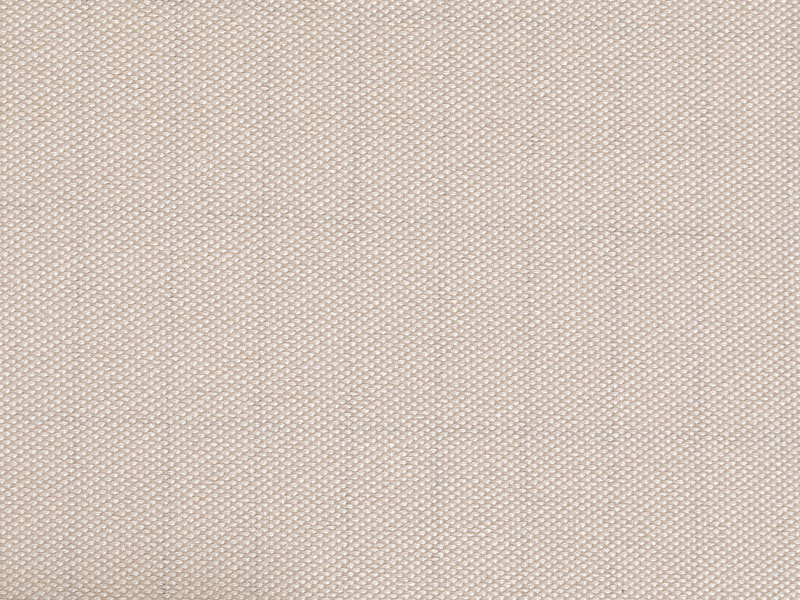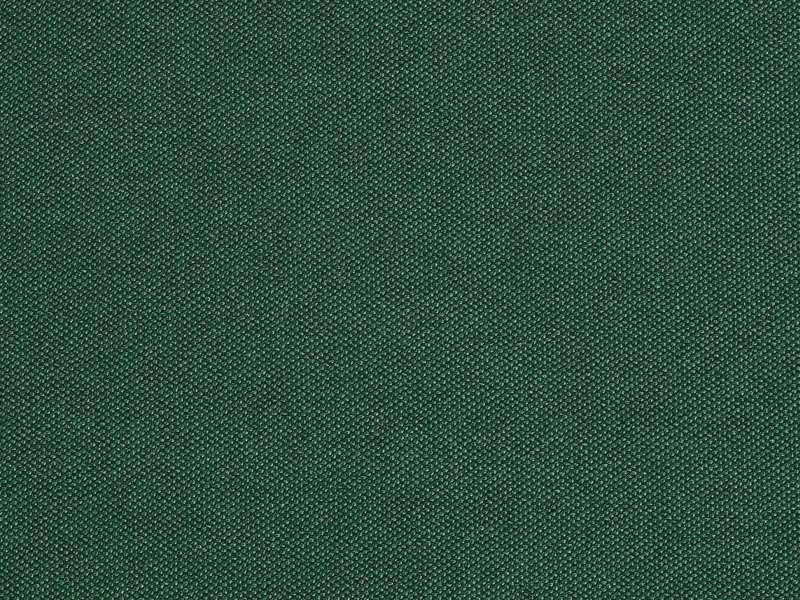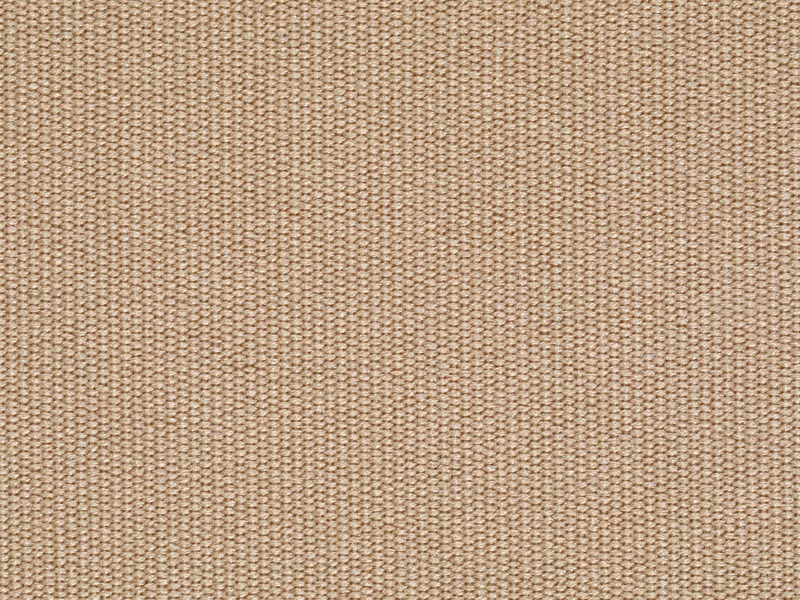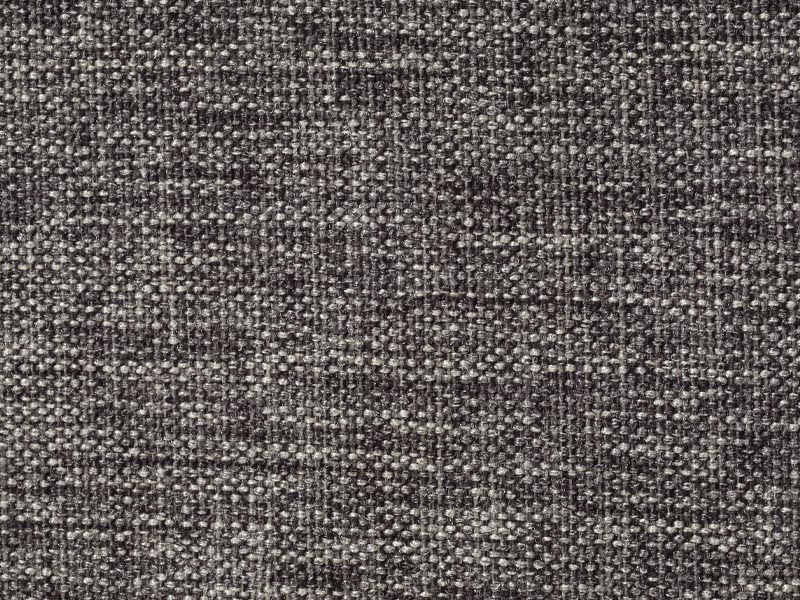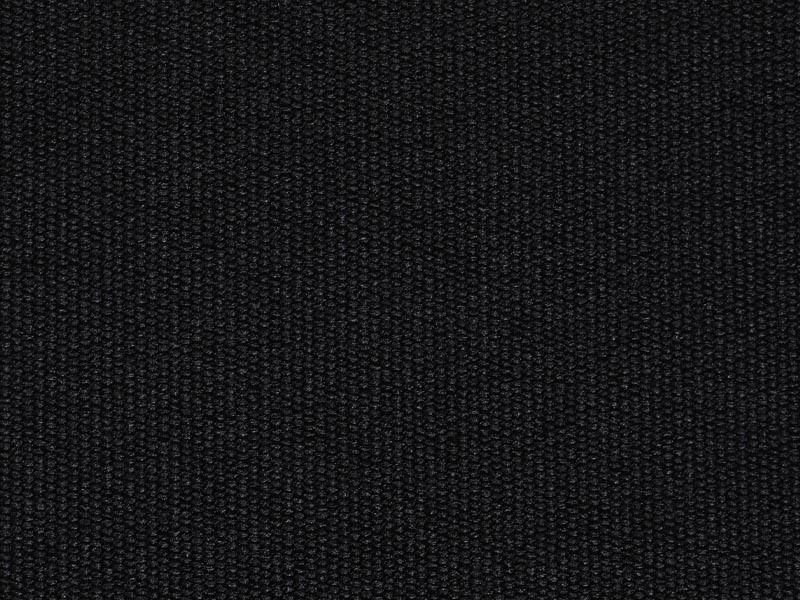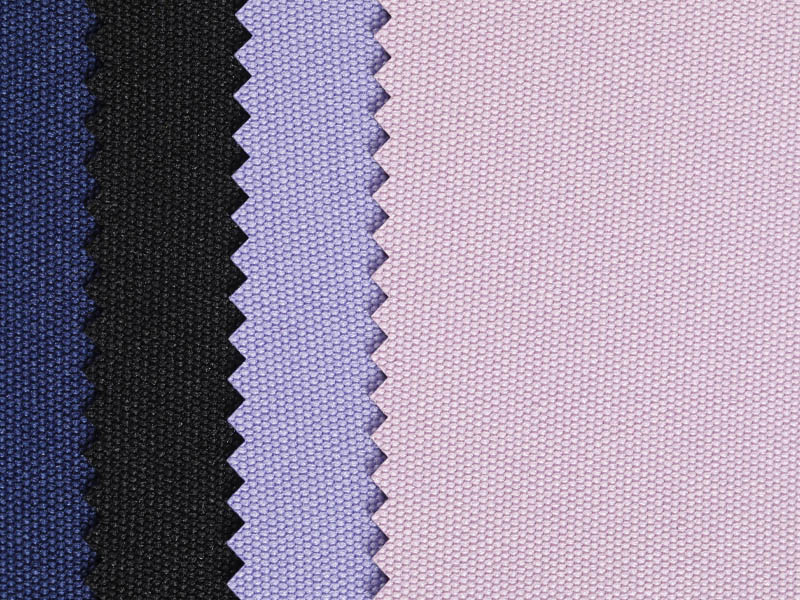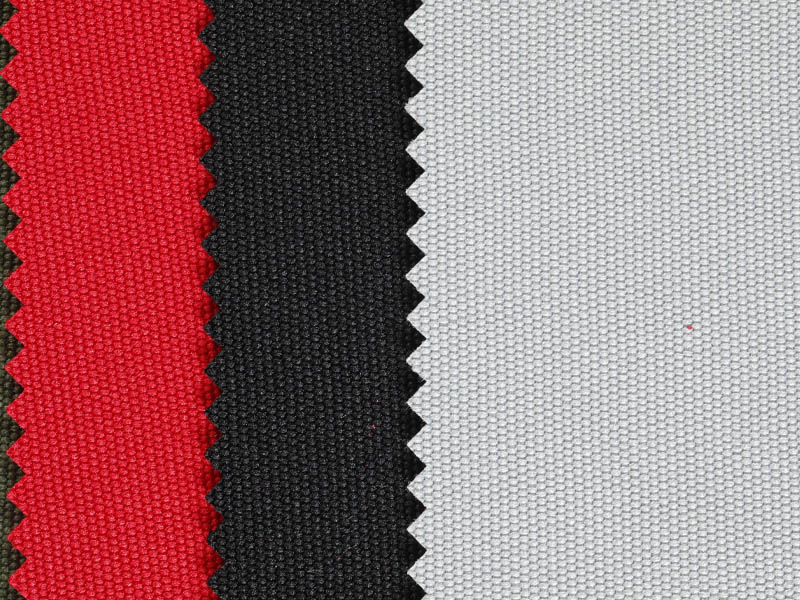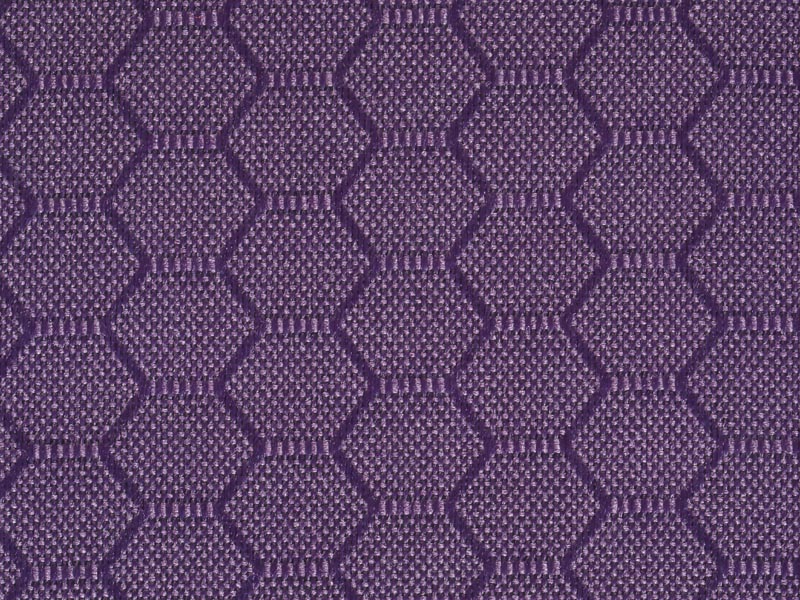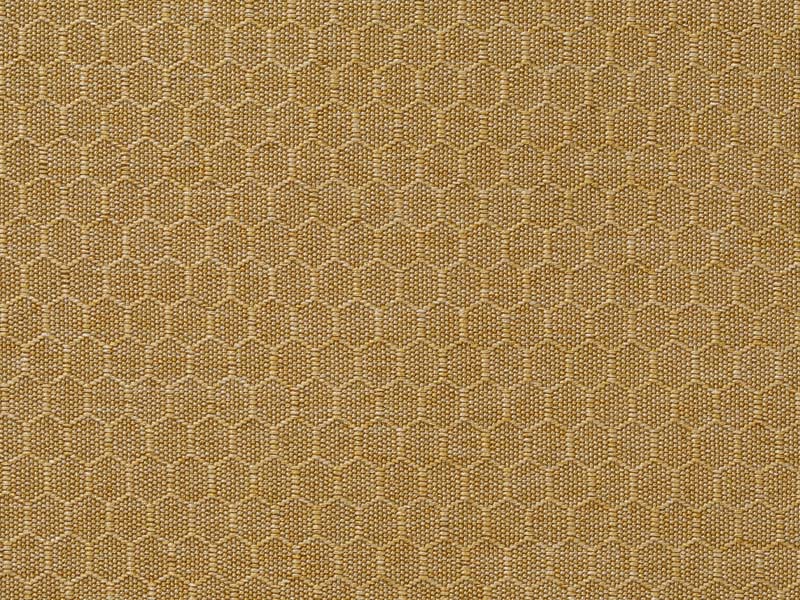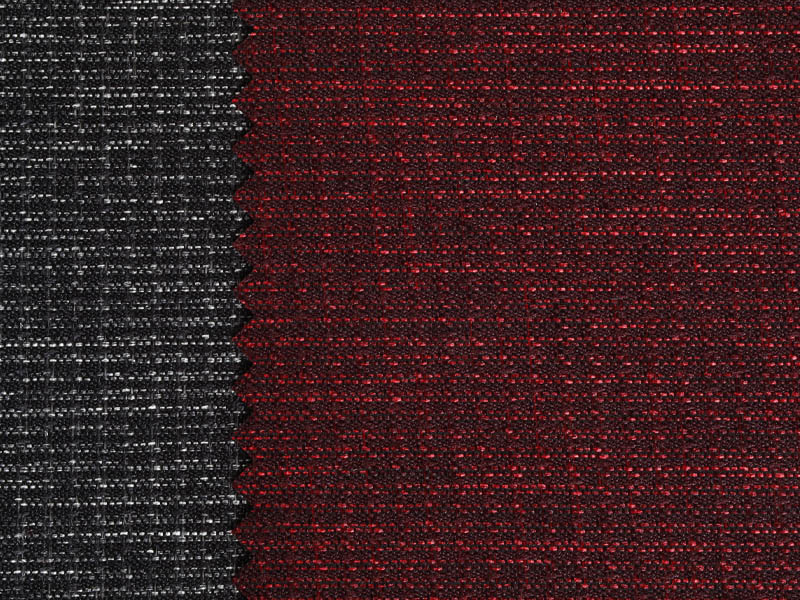Performance of Waterproof Tent Fabrics in Different Climates
Posted by Admin
Waterproof tent fabrics play a pivotal role in outdoor activities, ensuring comfort and protection against the elements. As outdoor enthusiasts seek reliable gear that can withstand varying climates, the performance of these fabrics becomes crucial. Whether trekking through rainforests, camping in deserts, or mountaineering in snowy peaks, the choice of fabric can significantly impact comfort and safety.
Understanding Waterproof Tent Fabrics
Waterproof tent fabrics are designed to repel water and prevent moisture from penetrating the tent. They are often made from synthetic materials such as polyester, nylon, or specialized fabrics like Gore-Tex. These materials undergo treatments to enhance their water resistance, typically through coatings or laminates that create a barrier against water ingress.
Key Features of Waterproof Tent Fabrics
Water Resistance: The primary function of waterproof tent fabrics is to keep the interior dry in wet conditions. Fabrics are tested for their hydrostatic head rating, which measures the pressure at which water begins to penetrate the fabric. Higher ratings indicate better waterproof performance.
Breathability: While keeping water out, modern fabrics also allow moisture vapor (sweat) to escape from inside the tent. This breathability prevents condensation buildup, maintaining a comfortable environment inside the tent.
Durability: Outdoor environments can be harsh, exposing tents to abrasion, UV radiation, and badness temperatures. Fabrics are engineered to withstand these conditions, ensuring longevity and reliability.
Performance in Different Climates
The performance of waterproof tent fabrics varies across different climates due to varying environmental factors such as temperature, humidity, and precipitation levels.
Tropical and Humid Climates
In tropical regions characterized by high humidity and frequent rain, waterproof tent fabrics face rigorous challenges. Fabrics with high hydrostatic head ratings and outstanding breathability are essential. Materials like nylon, treated polyester, and specialized membranes excel in these conditions, preventing rainwater from seeping in while allowing sweat vapor to escape. Additionally, UV resistance is crucial to prevent degradation from prolonged exposure to sunlight.
Arid and Desert Climates
Desert environments pose unique challenges with badness temperature differentials between day and night. Waterproof fabrics must offer UV protection to withstand intense sunlight during the day and insulation for cooler nighttime temperatures. Fabrics with reflective coatings or lighter colors help reflect sunlight, reducing heat buildup inside the tent during the day.
Cold and Alpine Climates
In alpine and snowy environments, waterproof tent fabrics must withstand heavy snowfall and freezing temperatures. Fabrics with durable water repellent (DWR) treatments excel here, preventing snow buildup and maintaining insulation properties. Additionally, fabrics must remain flexible in freezing conditions to avoid cracking or tearing.
Innovations and Advances
Advancements in fabric technology continue to enhance the performance of waterproof tent fabrics across all climates. New materials and treatments offer improved water resistance, durability, and breathability without compromising weight or packability. Fabrics engineered with nanotechnology or eco-friendly alternatives are gaining popularity, addressing environmental concerns while maintaining high performance.
Eco-Friendly Options
As sustainability becomes a priority, manufacturers are developing waterproof tent fabrics using recycled materials or biodegradable coatings. These eco-friendly options reduce environmental impact while offering comparable performance to traditional materials.
The choice of waterproof tent fabrics significantly impacts outdoor experiences across diverse climates. From rainforests to deserts and snowy peaks, selecting the right fabric ensures comfort, safety, and durability. As technology advances, manufacturers continue to innovate, offering fabrics that meet the demands of modern outdoor enthusiasts while respecting environmental concerns.
In conclusion, understanding the performance of waterproof tent fabrics in different climates empowers outdoor adventurers to make informed decisions, enhancing their enjoyment of nature while staying protected from the elements.

 English
English Français
Français Español
Español عربى
عربى Tiếng Việt
Tiếng Việt
